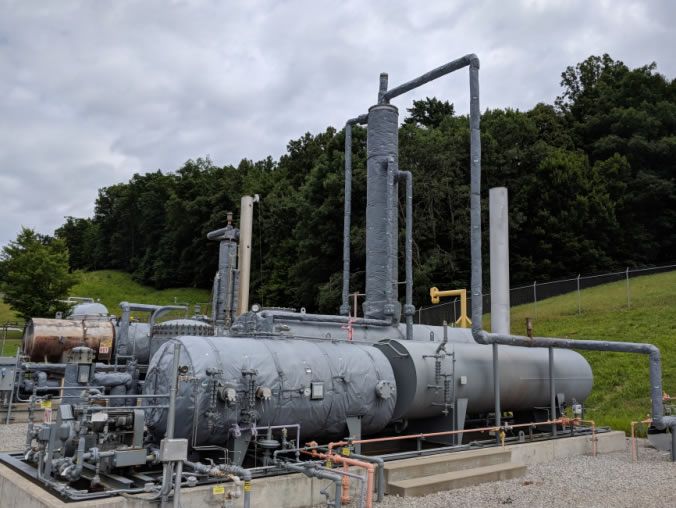“Most heat exchanger technology is typically either a plate-and-frame technology or a shell-and-tube technology,” said Frank Kovacs, CEO of Shannon Global Energy Solutions. “They come in all shapes and sizes. They could be small enough to accommodate a single use application, and large enough to provide for an entire production floor, so insulating heat exchangers can be a challenge.”
Important as these devices are, however, their complexity presents hurdles to maintenance workers who need to routinely access the equipment and facility owners who want the benefits of insulation.
“Heat exchangers vary in size and geometry. Most heat exchangers require access to the surface condition for service,” said Kovacs. “Because of the complex geometry, using conventional insulation for insulating heat exchangers is problematic.”
While using traditional thermal insulation may be a struggle in these conditions, maintenance workers can easily take off and replace a truly removable-reusable insulation blanket like the ones made by Shannon. Using a CAD-CNC design process, Shannon can specifically design the size, shape and fittings for each blanket to accommodate the geometry of the component.
The diversity of insulation for heat exchanger technology means not all blanket designs will work across the board. A heat exchanger at an oil refinery operates under very different conditions than one used for domestic water.
“If it’s a hydrocarbon or oil and gas application, we have insulation blanket systems that accommodate those unusual conditions,” said Kovacs. “These applications require a non-wicking blanket system that’s protected from oils that could seep into the insulation and start a fire.”
Insulating heat exchangers in the HVAC world also require specific designs and materials, but not for thermal reasons. The processors required in the component create considerable noise, which employers must muffle to make the work environment safe.
“Those heat exchangers are a unique animal in that that application is not about thermal efficiency, but rather sound deadening,” said Kovacs.
Due to this wide range of operating conditions, when it comes to insulating heat exchangers, variety is the name of the game. That’s why Shannon GES works to provide a variety of solutions for high efficiency heat exchangers, safer to work around and easier to care for.

